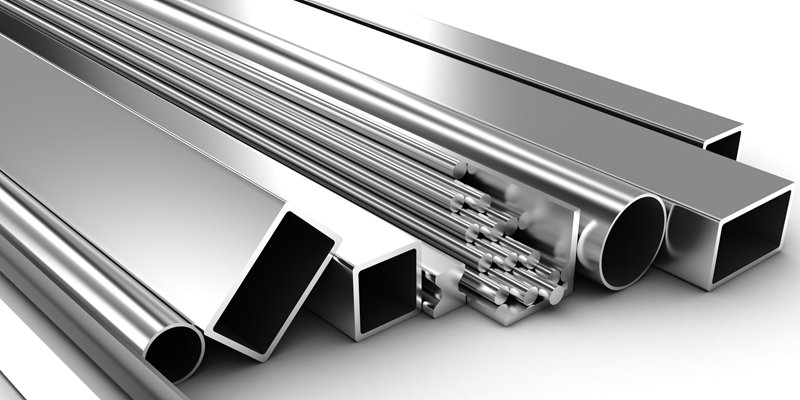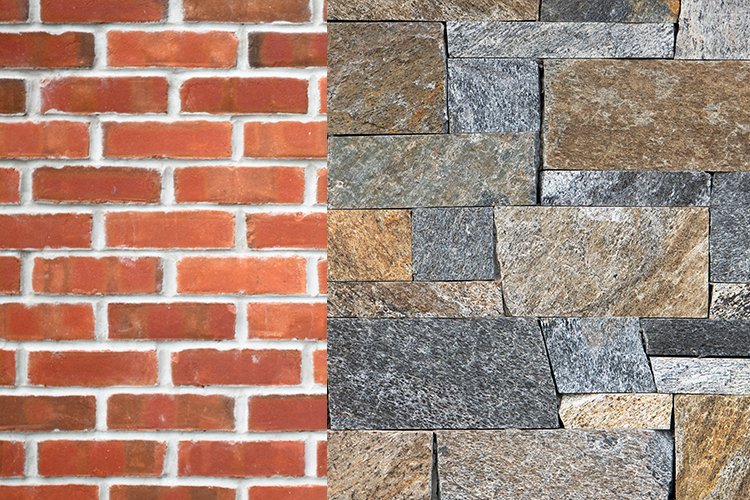1. Introduction
When it comes to construction, choosing the right materials is crucial for the success and longevity of any project. With so many options available, it can be overwhelming. Deciding which construction materials are the best fit for your needs isn’t always easy. That’s why we have created a comprehensive guide to the top 5 construction materials you need to know. From durability to sustainability, we will explore the best building materials. These will ensure your construction project stands the test of time. Whether you are a contractor, architect, or homeowner, this guide will provide you with the knowledge and insights to make informed decisions about the materials you use in your next construction endeavor. So let’s dive in and discover the world of top construction materials!
2. Importance of selecting the right construction materials
Selecting the right construction materials is of utmost importance for several reasons. First and foremost, the choice of materials directly impacts the durability and longevity of any building or structure. By opting for high-quality materials, you can ensure that your construction project will stand strong against the test of time and various environmental factors.
Secondly, selecting the right construction materials is essential for maintaining the safety and security of the occupants. Whether it’s a residential or commercial building, using materials that meet or exceed industry standards can prevent accidents and potential hazards.
Additionally, the choice of construction materials also has a significant impact on the overall sustainability of a project. Opting for eco-friendly or recyclable materials can reduce the carbon footprint and contribute to a greener future.
In conclusion, taking the time to carefully consider and select the right construction materials is crucial for the success of any project. From durability and safety to sustainability, the choice of materials plays a pivotal role in shaping the outcome and impact of any construction endeavor.
3. Concrete: The backbone of construction
Concrete is one of the most widely used construction materials in the world and rightfully so. It is known for its exceptional strength and versatility, making it the backbone of any construction project.
With its ability to withstand heavy loads and resist compression, concrete is an ideal choice for building foundations, walls, and floors. It provides stability and durability, ensuring that structures can withstand the test of time.
In addition to its strength, concrete is also highly moldable, allowing for endless design possibilities. It can be molded into intricate shapes and forms, making it suitable for both functional and aesthetic purposes.
Furthermore, concrete is fire-resistant, making it a safe material choice, especially in areas prone to wildfires or other fire hazards. It also has excellent thermal properties, providing insulation and energy efficiency to buildings.
It is clear that concrete is an indispensable material in the construction industry due to its strength, versatility, and safety features. Next, we will discuss another essential construction material – steel. Stay tuned for the next section of our comprehensive guide!

4. Steel: The strength within the structure
Steel is another indispensable construction material that plays a vital role in the strength and integrity of structures. Known for its exceptional strength and durability, steel is commonly used in various construction applications, including beams, columns, and reinforcements.
One of the key advantages of steel is its high tensile strength, which allows it to resist heavy loads and withstand extreme forces. This makes it a crucial component in the construction of tall buildings and bridges, where strength and stability are paramount.
Furthermore, steel is highly resistant to corrosion, making it ideal for structures exposed to harsh environmental conditions. It can also be fabricated and shaped easily, allowing for efficient construction processes and flexibility in design.
Additionally, steel is a sustainable choice as it is recyclable and can be used in multiple projects, reducing the environmental impact of construction.
In conclusion, steel’s strength, durability, and versatility make it an essential construction material that ensures the safety and longevity of buildings and infrastructure. Stay tuned for the next section of our comprehensive guide, where we will explore another significant construction material.

5. Wood: Versatility and timeless appeal
Wood is one of the oldest and most traditional construction materials. Its versatility, natural beauty, and timeless appeal make it a popular choice in various construction projects.
One of the key advantages of wood is its sustainability. Unlike other materials, wood is renewable and can be sourced from responsibly managed forests. It also has a lower carbon footprint compared to materials like steel or concrete, making it an environmentally friendly choice.
Wood is a lightweight material that is easy to handle and transport, resulting in faster construction times and reduced labor costs. It is also a great insulator, providing excellent thermal and acoustic properties, which can contribute to energy efficiency and a comfortable living environment.
In addition to its practical benefits, wood adds warmth and character to any structure. It can be easily customized and designed to create unique architectural features, giving buildings a distinct charm and aesthetic appeal.
Whether used for framing, flooring, or interior finishes, wood continues to be a versatile and reliable construction material. In the next section of our comprehensive guide, we will discuss another essential material that plays a crucial role in construction projects.

6. Brick and stone: Resilient classics
Brick and stone are two of the most enduring and resilient construction materials available. These materials have been used for centuries and their timeless appeal continues to make them popular choices in construction projects.
Brick, made from clay and shaped into rectangular blocks, offers a range of benefits. It is fire-resistant, durable, and resistant to wear and tear. Furthermore, brick provides excellent thermal insulation, helping to regulate the temperature inside buildings and reducing energy consumption. Its natural aesthetic adds a sense of charm and authenticity to any structure.
Stone, on the other hand, is renowned for its strength and durability. It can withstand extreme weather conditions and is resistant to fire and decay. Stone structures have stood the test of time and exude a sense of grandeur and permanence.
Both brick and stone can be used for structural purposes, as well as for decorative elements such as facades, walls, and paving. They lend a sense of solidity and timelessness to buildings, making them popular choices in residential and commercial projects alike.
In the next section of our comprehensive guide, we will explore another construction material that offers unparalleled strength and versatility. Stay tuned for more valuable insights on construction materials!

7. Cutting-edge materials for sustainable construction
As we continue our comprehensive guide on construction materials, it’s important to delve into the realm of sustainable building materials. With the growing emphasis on reducing environmental impact and promoting sustainability, many innovative materials have emerged in the construction industry.
One such material is recycled concrete. By incorporating crushed concrete from demolished structures into new construction projects, we can significantly reduce the amount of waste sent to landfills. Recycled concrete offers comparable strength and durability to traditional concrete while conserving natural resources.
Another sustainable material gaining traction is cross-laminated timber (CLT). Made from layers of wood panels glued together at right angles, CLT is a lightweight yet incredibly strong alternative to concrete and steel. Not only does the production of CLT require less energy and emit fewer greenhouse gases, but its use also promotes the growth of sustainable forestry industries.
These cutting-edge materials not only contribute to a more sustainable planet but also offer unique design possibilities. Their incorporation into construction projects showcases a commitment to eco-friendly practices and enables builders to meet green building standards.
In our next section, we will explore the benefits and applications of another sustainable material that holds great promise in the construction industry. Stay tuned as we continue to unveil the top construction materials you need to know.
8. Conclusion: Choosing the right construction materials
In conclusion, choosing the right construction materials is crucial for ensuring the success and sustainability of any building project. In this comprehensive guide, we have explored various materials that are making waves in the construction industry, particularly in relation to their sustainability and eco-friendly properties.
By incorporating recycled concrete, builders can significantly reduce waste sent to landfills while still maintaining the strength and durability needed for construction projects. Cross-laminated timber offers a lightweight yet strong alternative to traditional materials, promoting sustainable forestry practices and reducing greenhouse gas emissions.
These materials not only contribute to a more sustainable planet but also offer unique design possibilities and help meet green building standards. It is important for construction professionals and enthusiasts to stay informed about these cutting-edge materials to make informed decisions and positively impact the environment.
With a growing emphasis on environmental responsibility, the construction industry can play a significant role in promoting sustainability by choosing the right materials for their projects. By staying up to date with advancements in construction materials, we can all contribute to a greener and more sustainable future.
At Nashta Construction, we help you pick the best materials for your project, ensuring it’s durable, sustainable, and efficient. Our experts are here to make your vision a reality with quality solutions tailored just for you. Let’s build something great together!


